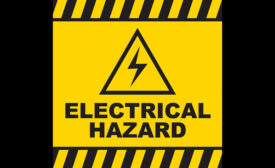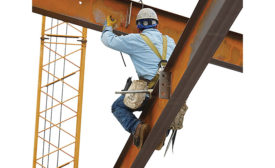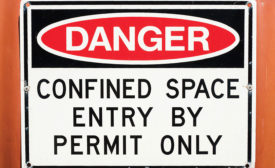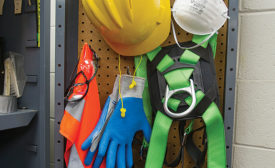Articles by Mark H. Stromme
Set up your fall protection system early in the work process
Read More
Isolating hazardous energy with maintenance procedures
Lockout-tagout devices must resist corrosives, wet environments, improper removal
June 26, 2019
Answers to four questions on the NFPA® 70E®
Interpreting compliance requirements
June 4, 2018
Training Strategies
Arc flash: Best tactic is to first de-energize electrical equipment
February 1, 2018
Never miss the latest news and trends driving the safety industry
eNewsletter | Website | eMagazine
JOIN TODAYCopyright ©2024. All Rights Reserved BNP Media.
Design, CMS, Hosting & Web Development :: ePublishing









